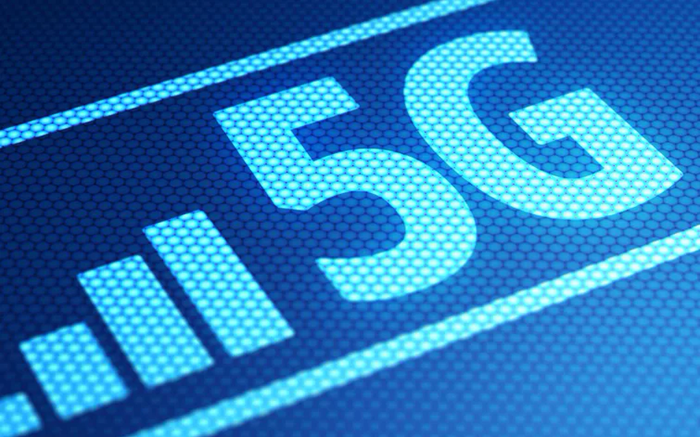It’s finally starting to happen. We’re seeing the 5G rollout from major carriers including AT&T. It’s still not what I’d call “full steam ahead” but at least we’re seeing a smattering of cities across the country and a couple of phones that most folks would be ok using. This is a big step and it’s something we’ve all been waiting for.
What is 5G?
5G is a loosely defined term for the next generation of cellular services after LTE. LTE has been the standard for high-speed communication for about 7 years now, and it’s improved over time so that most people are generally satisfied with it. LTE is great, but it’s not really ready to handle the needs of the next generation of internet users. It’s fast, but it’s not fast enough. People in busy areas do notice congestion, and it can be frustrating especially when you’re counting on your phone for critical information like real-time traffic.
5G takes the basic technologies of 4G/LTE and turbocharges them. 5G will use two newly opened areas in the electromagnetic spectrum. These frequencies promise a lot more speed and capacity than we’ve had before.
600MHz 5G
What you’re starting to see today is 600MHz 5G. This is cellular service that uses what used to be TV frequencies. The country is in the middle of opening up those frequencies, city by city, to make sure they’re available to cell phone users. Within the next 12-18 months, the whole country will be able to get 600MHz 5G.
Millimeter wave 5G
Millimeter-wave 5g uses frequencies higher than any previous cellular service. We’re talking about signals in the 20-40GHz range. This will be the ultimate 5G implementation when it happens, but there are still some hurdles to cross here. This kind of 5G will require a lot more power and a lot more towers to work. It’s still a few years away.
The advantage of 5G: Speed and low latency
The headline-making thing about 5G is going to be speed. The fastest LTE networks today will give you speeds of 50-75 megabits per second. Honestly that’s pretty darn good. It’s enough to stream 4K to your phone in real time. However, it might not be fast enough for everyone, especially if you’re trying to use the same access point for your devices. 5G is all about being ready for the future.
The first tests of 600MHz 5G are showing real-world speeds of about 500 megabits per second. The “theoretical” top speed of 5G is actually about 10,000 megabits per second, but it’s not likely that we’ll ever see that. Still, that 500Mbps number is incredible. That would be enough to supply a medium-sized office building with internet from a cell phone. Whatever the future brings us in the next few years, 5G will be able to handle it.
But really it’s about latency
Latency is the one thing we don’t talk about, and we should. This article from several years ago still holds up, and if you’re interested in a deep dive on latency, it’s worth a read.
Latency is the wait time between when your phone asks for information and when it actually comes. It’s important because most web pages involve loading a few hundred requests for information. Even if each one takes .01 second longer than it should, that could slow your web experience to a crawl.
5G is designed to be lower in latency so even if you are getting the same raw speed it should just feel faster. Everything should load more easily and you should get the information you need more quickly. That’s the real magic of 5G.
When will 5G be everywhere?
5G is rolling out to more and more cities all the time. There’s a fixed timeline for clearing out the TV broadcasters, and that’s a big part of the holdup. But if you’re interested in the latest 5G hardware and phone service, you’ll want to make sure you keep this number handy: 888-233-7563. Get to know the excellent folks at Signal Connect and they’ll get you ready for 5G as soon as your area supports it. Want things to be even easier? Fill out the form below and they’ll get back to you.




